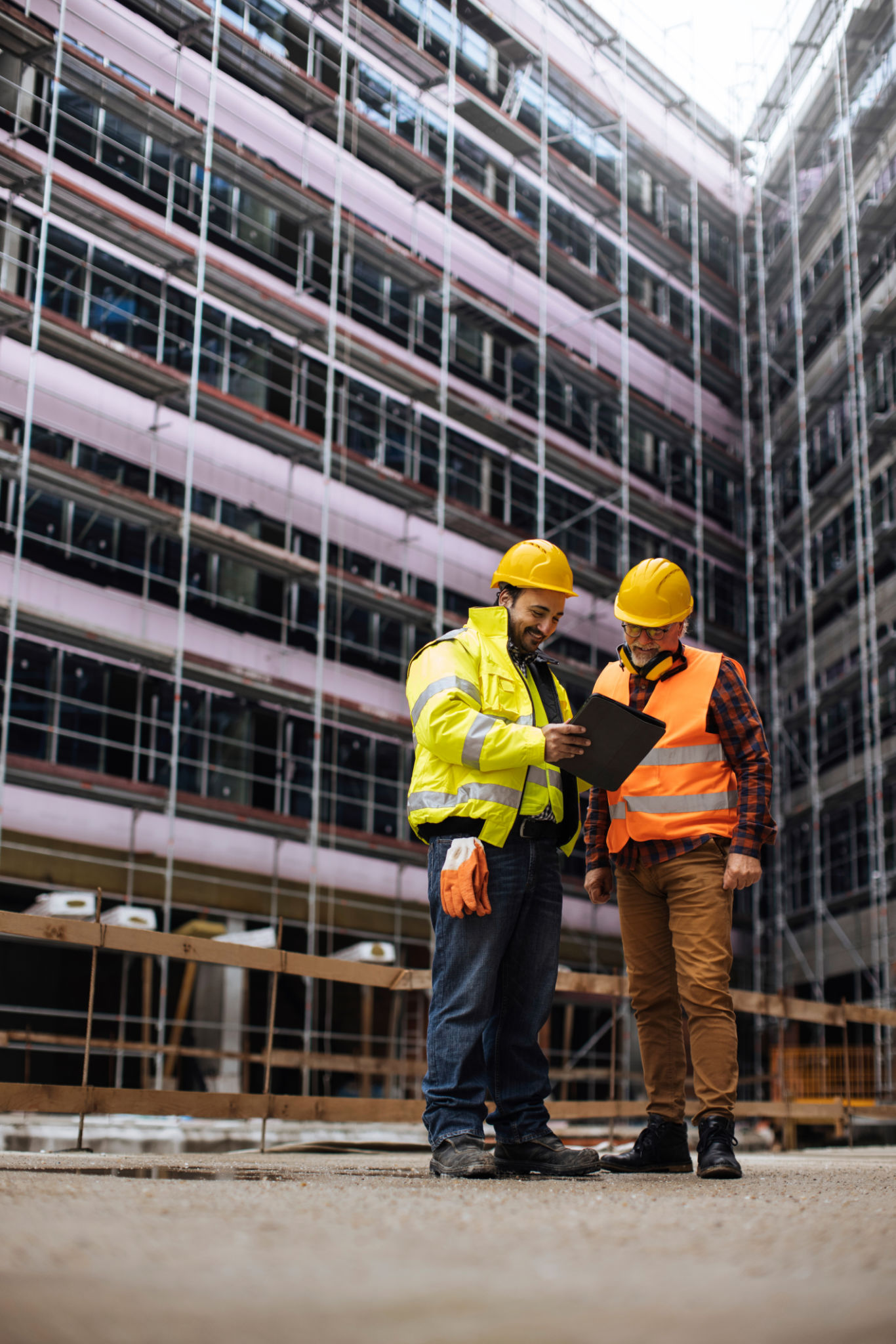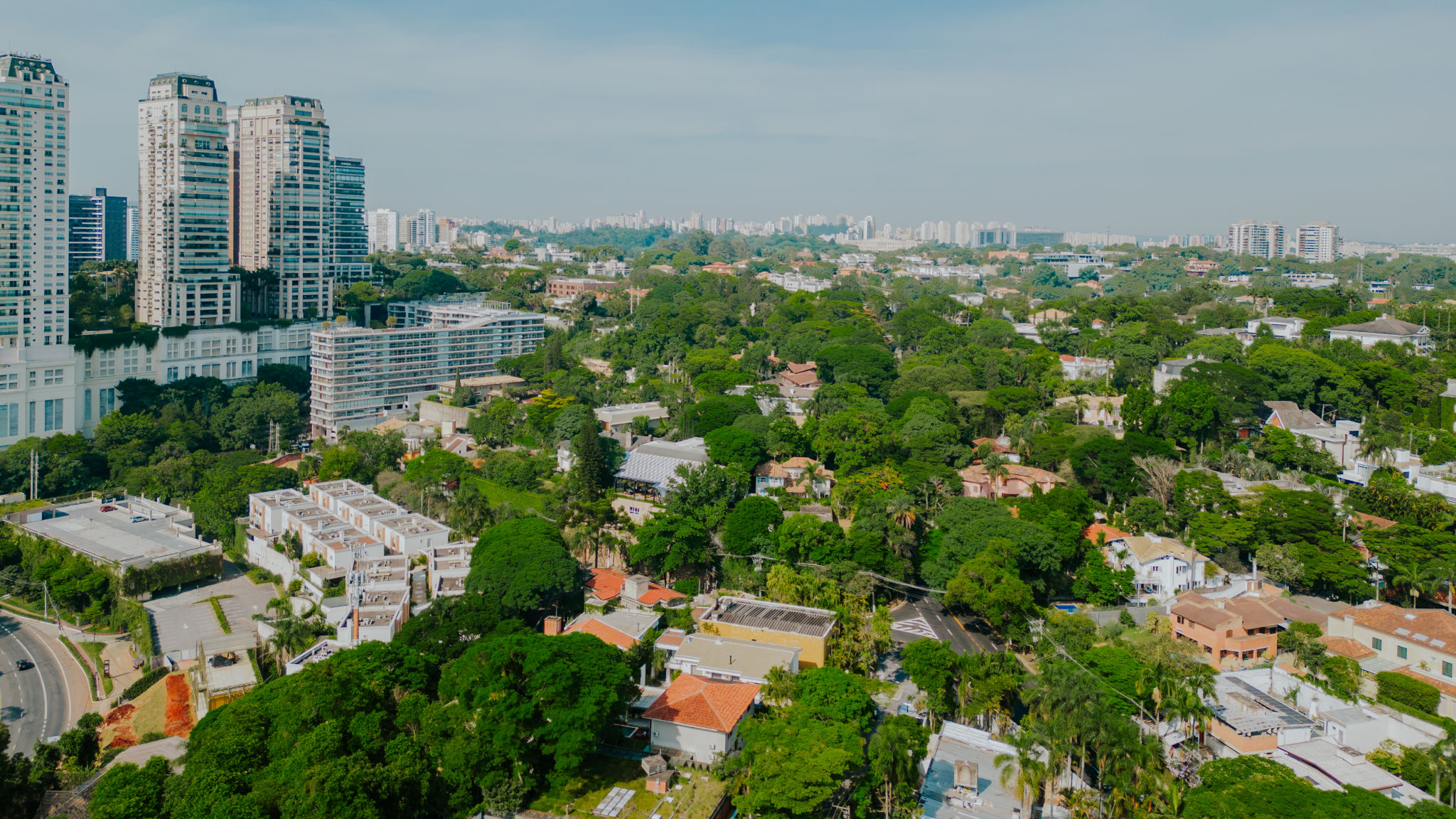Debunking Myths about Green Walls in Urban Spaces
Understanding Green Walls
Green walls, often referred to as vertical gardens, have become increasingly popular in urban environments. They are an innovative solution for enhancing urban aesthetics and improving air quality. However, there are several misconceptions surrounding green walls that need to be addressed. This post aims to debunk some of the most common myths associated with green walls in urban spaces.
One prevalent myth is that green walls are purely decorative. While they indeed offer significant aesthetic benefits, they also provide a host of environmental advantages. Green walls can filter pollutants and carbon dioxide out of the air, producing fresh oxygen in return. This makes them an effective tool in combating urban air pollution.

Maintenance Concerns
Another common myth is that green walls are difficult and expensive to maintain. In reality, the maintenance of a green wall largely depends on the plant species selected and the design of the installation. Many modern green wall systems are designed to be low-maintenance, incorporating features such as automated irrigation and fertilization systems.
It's also important to note that some plants used in green walls are chosen for their resilience and low water requirements. This can significantly reduce the time and resources needed for upkeep. The initial investment in a green wall can be offset by the long-term savings on energy costs and building maintenance.

Limited Space Utilization
A misconception often encountered is that green walls require a lot of space and are not suitable for densely populated urban areas. On the contrary, one of the greatest advantages of vertical gardens is their ability to maximize small or unused spaces. Green walls can be installed on any vertical surface, making them ideal for urban environments where ground space is limited.
Moreover, green walls can contribute to better space utilization by providing insulation, which helps regulate building temperatures. This not only enhances indoor comfort but also reduces energy consumption for heating and cooling, making buildings more energy-efficient.
Structural Concerns
Some people worry that green walls might damage buildings or add excessive weight. However, with proper design and installation, these concerns are largely unfounded. Modern green wall systems are engineered to be lightweight and include protective membranes that prevent moisture from reaching the building's structure.

Furthermore, these systems are designed to promote healthy plant growth without compromising structural integrity. Regular inspections ensure that any potential issues are identified and addressed promptly, making green walls a safe addition to any building.
The Cost Factor
Cost is often cited as a barrier to adopting green walls, with many assuming they are prohibitively expensive. While there is an initial cost involved in installation, the long-term benefits far outweigh this expense. Green walls can increase property value, improve energy efficiency, and enhance occupant well-being, offering a substantial return on investment.
Additionally, grants and incentives are available in many regions to support the installation of green infrastructure, which can help offset some of the initial costs. Considering these factors, the financial concern should not deter individuals or businesses from exploring the benefits of green walls.

In conclusion, while myths about green walls persist, it is important to base decisions on accurate information. The environmental, social, and economic benefits of green walls make them a valuable component of sustainable urban development. By embracing this innovative technology, cities can become greener, healthier, and more sustainable places to live.